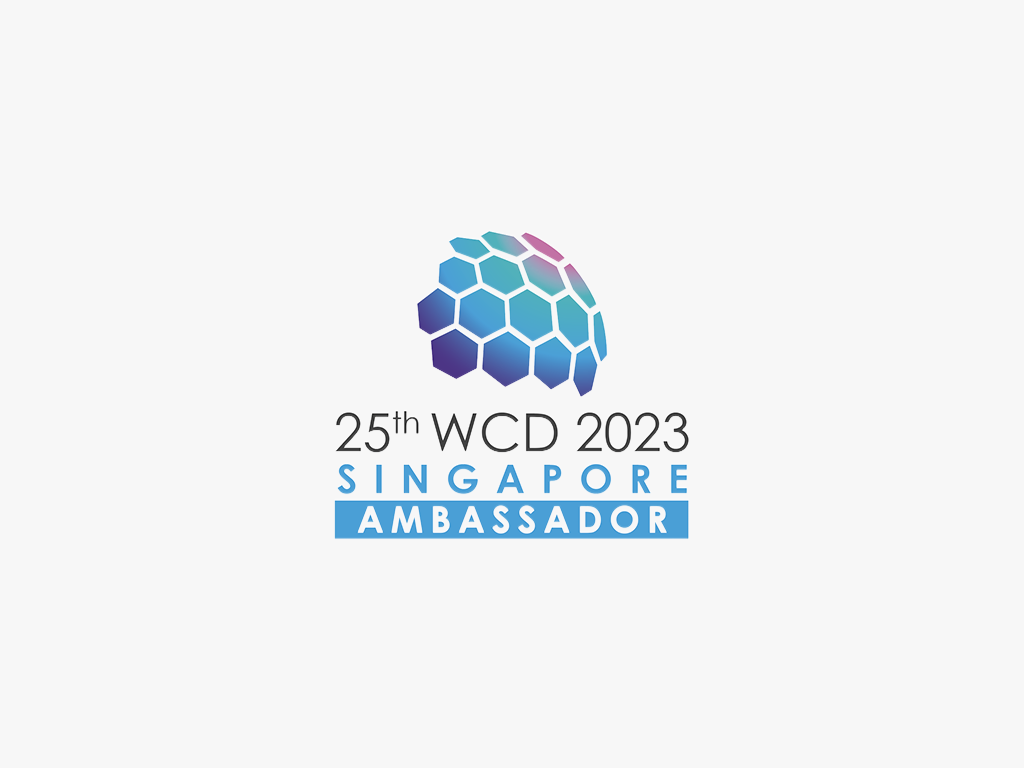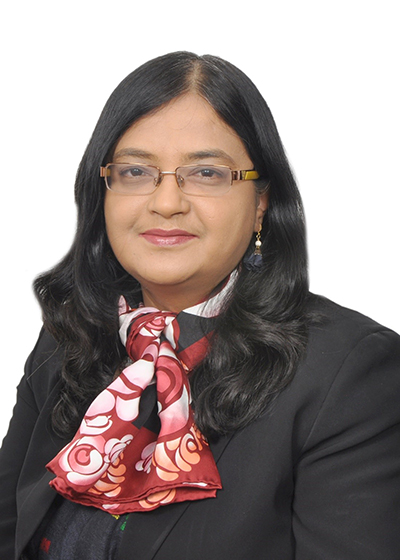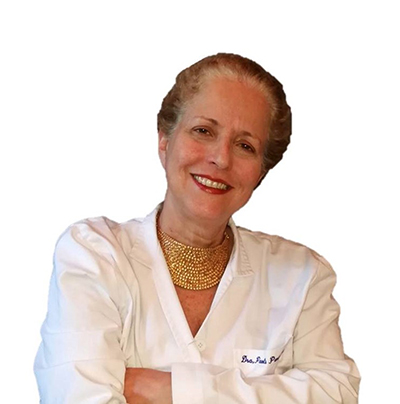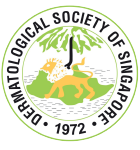Global Dermatology
Contributions from WCD2023 Ambassadors

Collection of articles about dermatology from all over the world. Dermatology beyond borders.

President Elect IADVL 2021.
Director Professor, Department of Dermatology, LHMC and associated KSCH and SSK Hospital, New Delhi
Virtual mentoring in Dermatology
The most popular forms of virtual mentoring in medical education settings incorporate video telecommunication systems, enhanced with e-mail and text-based chat rooms.
Back in 2014, a pilot project of e-mentorship was conducted in India by the Indian Association of Dermatologists, Venereologists, and Leprologists (IADVL). Mentees younger than 40 years of age were matched with five eminent mentors. A structured plan of dedicated virtual interactions of 3 hours a month along with two face-to-face meetings was established. The program, conducted through various online platforms, was widely accepted.
Recently, virtual mentorship has been upgraded with user-friendly and appropriate virtual platforms like Zoom and Microsoft teams. The challenges posed by COVID-19 — restricted travel and social distancing — have triggered a greater need for online conferences.
Various international organizations have embraced this new mode. The International Society of Dermatology (ISD) and Skin of Color Society (SOCS) started virtual mentorship programs two and 5 years ago, respectively, and are providing improved access to mentorship in dermatology. The ISD had a robust physical face-to-face mentorship program for more than a decade which was very popular for international mentees. The first five virtual mentors who volunteered collectively to mentor 21 e-mentees globally for the first ever ISD International Mentorship Program were Prof. Rashmi Sarkar (India), Dr. Martin Kassir (USA), Dr. Leopoldo Santos (Brazil), Dr. Evangeline B. Handog (Philippines), and Dr. Luiz G Castro (Brazil)
Dr Rashmi Sarkar, Dr Preethi B Nayak
Dept of Dermatology, Lady Hardinge Medical College, New Delhi, India; President IADVL 2022 and Cutis Institute , Bengaluru, India

Director Médico Pasquali & Asociados
Medicina y Especialidades Médicas, Universidad de Alcalá
Dermatoloy Department Coordinator, Pius Hospital de Valls
To freeze or not to freeze
The concept that surgery is the gold standard is becoming too reductive. Options need to be known and used on hundreds of low-risk tumors and even for large tumors in the elderly, especially those with comorbidities. The required treatment can be indicated if the knowledge on the type of tumor as well as the underlying health and needs of the patient is known in advance.
Dermoscopy, high frequency ultrasound, optical coherence tomography, or reflectance confocal microscopy are some of the different noninvasive imaging techniques that give that extra information which cannot be obtained by simple inspection.
The tumor´s characteristics and the patient´s health conditions is part of the information a surgeon needs to proposed treatment option which include, for many tumors, non-invasive or minimally invasive surgical techniques. As skin cancer incidence continues to increase, the binomial cutaneous imaging and non-surgically/minimally invasive techniques becomes more important. Before a tumor is biopsied, a surgeon should know the nature of the tumor- its shape, depth, length, invasion of neighboring structures, and cellularity. The pathologist´s report will confirm the diagnoses.
Cryosurgery is an extremely versatile surgical technique that uses subzero temperatures to destroy tissues. The surgeon can freeze as superficial or as deep as needed. A solar lentigo will be frozen for a few seconds allowing sloughing of the pigmentated area of the epidermis, while a nodular basal cell carcinoma will be destroyed with temperatures below -50ºC at the bottom and lateral areas of the tumor. In palliative treatment, cryosurgery can be used to destroy large tumors and improve quality of life by reducing local bleeding, pain, and foul smell.
Subzero freezing offers many advantages: treatment of many tumors in a relative short time; no requirement for special surgical theaters; use of local anesthesia; operating on bedridden patients in their hospital bed or on their wheelchairs; and healing by secondary intention (an advantage for certain anatomical areas). Since the destruction occurs in situ, the tumor antigens are released and induce an anti-tumoral response. The response can be further enhanced by using topical imiquimod, a process known as inmunocryosurgery.
Other techniques are available and include photodynamic therapy, electrosurgery, lasers, topical treatments like imiquimod and 5FU; electrochemotherapy using intralesional bleomycin and cisplatin, just to mention some. When using any minimally invasive techniques there is an absolute requirement: diagnoses must be a certainty. A lesion should never be destroyed unless the surgeon knows the diagnoses.
The future armamentarium of dermato-oncologists includes many new as well as old options. Freezing is one of them. Knowing when and how is the real question.
Paola Pasquali














